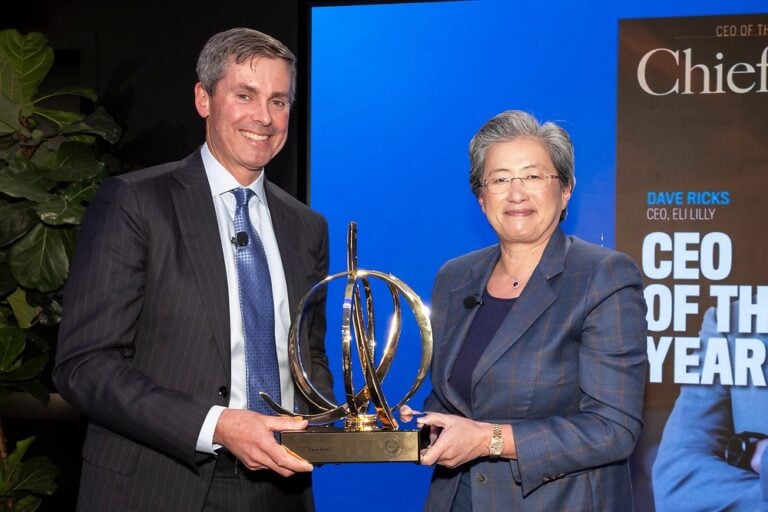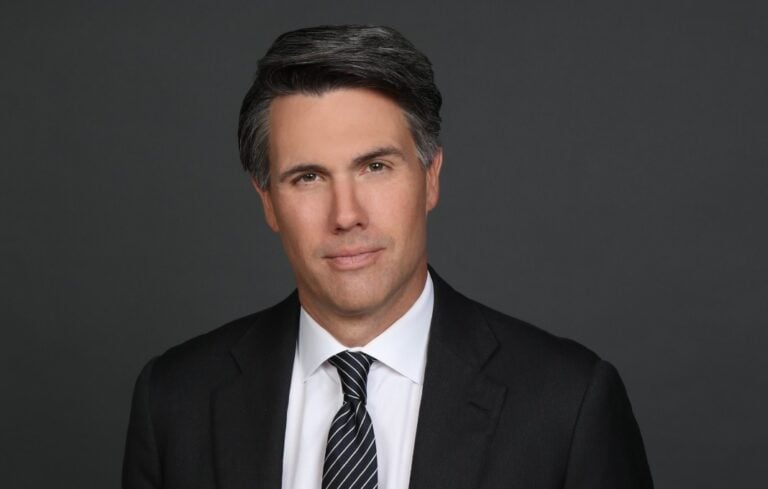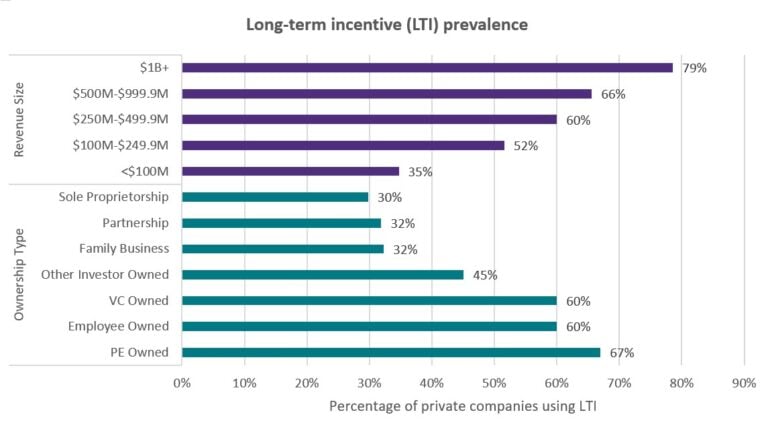


Employees face pervasive challenges to be well. The emergence of hybrid work is affecting quality and quantity of social interactions. Costs of living have increased significantly while real wages have been slow to catch up. Affordability and access to quality health care has been a challenge. Retirement savings may not be enough to maintain adequate living standards. The seemingly sudden and rapid spread of generative AI is causing concerns about job security. Rising geopolitical tensions and climate change are raising sustainability concerns. And they all combine to create high levels of stress and anxiety.
Employers are taking the threat of an un-well workforce seriously. With attraction, retention, engagement, absenteeism and productivity all at risk, employers are making investments to address the physical, financial, social and emotional wellbeing of their employees.
Yet, the actual outcomes of these efforts and investments are unclear at best. According to WTW’s Global Benefits Attitudes Survey, fewer than 50% of employees believe the resources and initiatives offered by their employer encourage them to improve their wellbeing.
Employers’ best intentions aside, it’s time to rethink wellbeing to make meaningful progress.
What’s really preventing employers from making strides?
• The incentives rabbit hole. Many employers offer monetary and other incentives to employees who complete some wellbeing related tasks. But the data are clear: many incentives don’t work. They don’t lead to surges in use of employer programs. They don’t produce material cost savings. They don’t lead to sustainable behavior changes. Employers need to rethink how they engage their employees in their own wellbeing.
• There’s an app for that. Most employers recognize that wellbeing solutions, supported by technology, can improve outcomes such as healthcare costs, absenteeism and productivity. Indeed, many innovative and exciting technology solutions have hit the market in recent years. While these new technologies certainly make accessing the tools at hand easy and nudge employees into action, too many employers view them as the solution instead of one part of a comprehensive approach.
• Employers themselves play a role. Unrealistic expectations, 24/7 emails, taking calls on holidays, managers and leaders who lack empathy, and toxic cultures all adversely affect employee wellbeing. There is no app to solve those challenges. WTW research clearly shows that employers that drive a strong employee experience in addition to focusing on efficiency and productivity see stronger business results.
Improving employee wellbeing outcomes requires a deeper understanding of how programs, policies, leadership and culture affect wellbeing – to employers’ advantage or detriment – and of which levers to pull and when.
1. Back to the basics. Employee benefit programs are the foundation of a strong wellbeing strategy and provide much needed security to employees. To drive desired wellbeing outcomes from these programs, employers need to be honest with themselves about what works and eliminate underutilized and ineffective programs (e.g., certain incentives) and reinvest in programs that can have a meaningful impact, including focusing on vulnerable or underrepresented employees who need extra support and on targeted solutions that really work (e.g., disease management).
2. Cultural ambassadors – front line managers. Managers are key to bringing a culture of wellbeing to life. Raise the bar on manager training and support. Teach them about wellbeing programs, fair and equitable treatment of employees, how to build inclusive teams, and how to lead with empathy. Provide them with the tools they need to support employees in accessing wellbeing programs and building trust and connection.
3. Engaging business leaders. If business leaders don’t appreciate the impact of their decisions on wellbeing, the odds of truly making a difference are low. Nothing will change if leaders don’t know how and where wellbeing challenges lead to performance vulnerabilities for the business. How willing are they to lead by example, encourage good practices (e.g., disconnecting from work, taking time off), challenge toxic workplace culture and hold their people accountable? A successful wellbeing strategy formally includes committed business leaders.
4. The whole is greater than the sum of the parts. Getting wellbeing right requires a clearly articulated and practical strategy with many stakeholders working together with clarity around roles, responsibilities, and accountability. Wellbeing takes a village that crosses business units and functions including compensation and benefits, safety, talent management, communication, technology, real estate, finance and legal. These teams worked well together during the pandemic; it’s time to bring them back.
5. Measurement. The old adage of ‘what gets measured gets done’ is apt here. And it’s best to start with a few simple actions. Monitor what employees say about their own wellbeing against how they behave in terms of participation and utilization of programs. Listen to employees’ sentiments around work policies, stress at work and culture. Track a few telling metrics such as turnover, absenteeism, engagement and performance. Collect and maintain the data. Find correlations between programs, manager and leader practices and business outcomes. Then, direct spend to the right programs, policies and interventions.
We’ve made enormous progress on broadening the definition of wellbeing to encompass emotional, physical, social and financial aspects that are tightly interwoven. But progress on outcomes has been woefully lacking. This is not an insurmountable challenge, but it does require actions across multiple fronts. We need to change the scope of our approach to bring about real change. We need executives to lead the charge. We need to objectively assess culture and business models. We need to cherish and support the role of the manager. And to start the process of laying a new and clearer path towards sustained employee wellbeing, we need to talk.



0

1:00 - 5:00 pm
Over 70% of Executives Surveyed Agree: Many Strategic Planning Efforts Lack Systematic Approach Tips for Enhancing Your Strategic Planning Process
Executives expressed frustration with their current strategic planning process. Issues include:
Steve Rutan and Denise Harrison have put together an afternoon workshop that will provide the tools you need to address these concerns. They have worked with hundreds of executives to develop a systematic approach that will enable your team to make better decisions during strategic planning. Steve and Denise will walk you through exercises for prioritizing your lists and steps that will reset and reinvigorate your process. This will be a hands-on workshop that will enable you to think about your business as you use the tools that are being presented. If you are ready for a Strategic Planning tune-up, select this workshop in your registration form. The additional fee of $695 will be added to your total.

2:00 - 5:00 pm
Female leaders face the same issues all leaders do, but they often face additional challenges too. In this peer session, we will facilitate a discussion of best practices and how to overcome common barriers to help women leaders be more effective within and outside their organizations.
Limited space available.

10:30 - 5:00 pm
General’s Retreat at Hermitage Golf Course
Sponsored by UBS
General’s Retreat, built in 1986 with architect Gary Roger Baird, has been voted the “Best Golf Course in Nashville” and is a “must play” when visiting the Nashville, Tennessee area. With the beautiful setting along the Cumberland River, golfers of all capabilities will thoroughly enjoy the golf, scenery and hospitality.
The golf outing fee includes transportation to and from the hotel, greens/cart fees, use of practice facilities, and boxed lunch. The bus will leave the hotel at 10:30 am for a noon shotgun start and return to the hotel after the cocktail reception following the completion of the round.